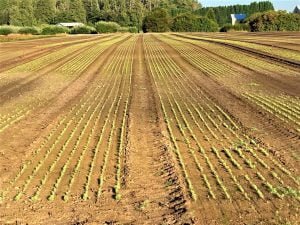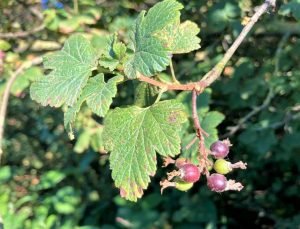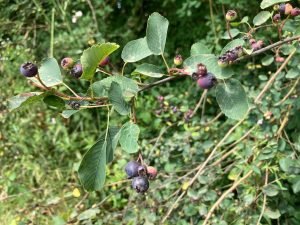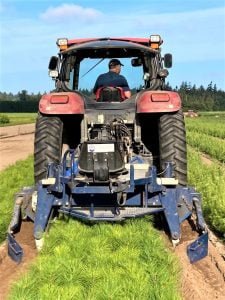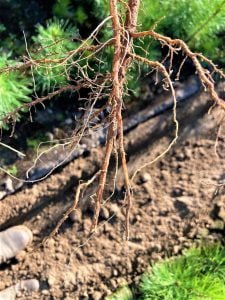Plant Materials Center Update: July 21, 2022
Here are 5 things that you should know about the PMC for July 21, 2022:
Welcome to the New Fiscal Year
This is the first PMC Update in fiscal year 2022-23, which started on July 1. Most were glad to see the past year become history due to major challenges that included COVID, large increases in demand, uncooperative weather, and shortages of seasonal ag labor. Unfortunately, it is not clear if any of those challenges will fade away this year. COVID is still out there with yet another new strain causing concern, apparent increases in demand for native plants continues, the potential for continued uncooperative weather is ever-present, and we see no indication that the tight labor market will ease. Add to that inflation and spotty supply chain issues and this year looks like it could be quite a ride. Please put your seat in the upright position, buckle up and hang on!
Sales
Sales for fiscal year 2122-23 are off to a fast start. As of 7/7/22, the PMC has booked $701,083 in sales for the upcoming season. That compares favorably to last year when sales were at $516,554 on 7/30/21. Part of that increase can be attributed to a small price increase for this year, some of it is due to sales that were delayed from last year to this year, and perhaps the majority of the increase is part of a trend in more conservation planting projects. Some species are beginning to sell out as a result but there is a lot of stock still available. Please check out the current availability on the PMC website at wacdpmc.org.
PMC Website
As mentioned above, anyone can see what plants are still available to purchase for this year’s sales season. Jacquie does a good job of keeping that updated. She has also been updating other parts of the website. It is a work in progress but it is becoming more user-friendly and eye-catching. Fresh photos are being added and the ordering page is easier to access and use, as are the informational brochures. Check it out at wacdpmc.org.
Seed Collection Season Underway
Seed collections for Osoberry, Red Elderberry, and Golden Currant are complete. Seeds for those species are no longer being produced by the parent plants and those they have produced this season are gone due to predation, desiccation, or falling on the ground. Collections for Red Flowering Currant, Serviceberry, and Tall Oregon Grape are in full swing. Twinberry, Black Hawthorn, and Baldhip Rose are about to begin. So far this year’s seed crop looks adequate and hopefully, that continues.
It is important to note that as these seed collection windows close that there is not much opportunity to get more. This is particularly important now when there is a lot of talk about potential large increases in riparian restoration and other projects. Species like those mentioned above grow for one season, meaning that seeds that are being collected this year will be available as 1-0 seedlings in spring 2024. If it is decided that a significantly larger quantity is needed, the seed might not be available to collect until next year meaning that any significant increases in production will not be seen until spring 2025. Similarly, if it is a species that requires two years to produce, any significant increase in production may not be seen until spring 2026. Just a reminder that it may take the nurseries a couple of years to address any surge in demand. It should also be noted that most nurseries will not increase production significantly on speculation. It could very well require a grow-out contract to secure larger quantities of stock.
Root Culturing
The PMC started its Root Culturing program for this growing season during the past week. Root Culturing in general refers to practices that are used to grow a better root system on the seedlings. The primary practice here is undercutting and that involves using an implement that has a blade that runs through the ground at a depth sufficient to cut off the seedling’s root tips, and only the root tips. By cutting off the root tips a change in plant growth hormones occurs which causes the plant to produce more lateral roots. These roots are smaller and more fibrous which increases the ability of the root system to absorb more water and nutrients, making these seedlings better suited to surviving in a stressful environment when they are planted out.
I hope this helps. Please let me know if you have any questions.
Jim Brown
Director of Nursery Operations

